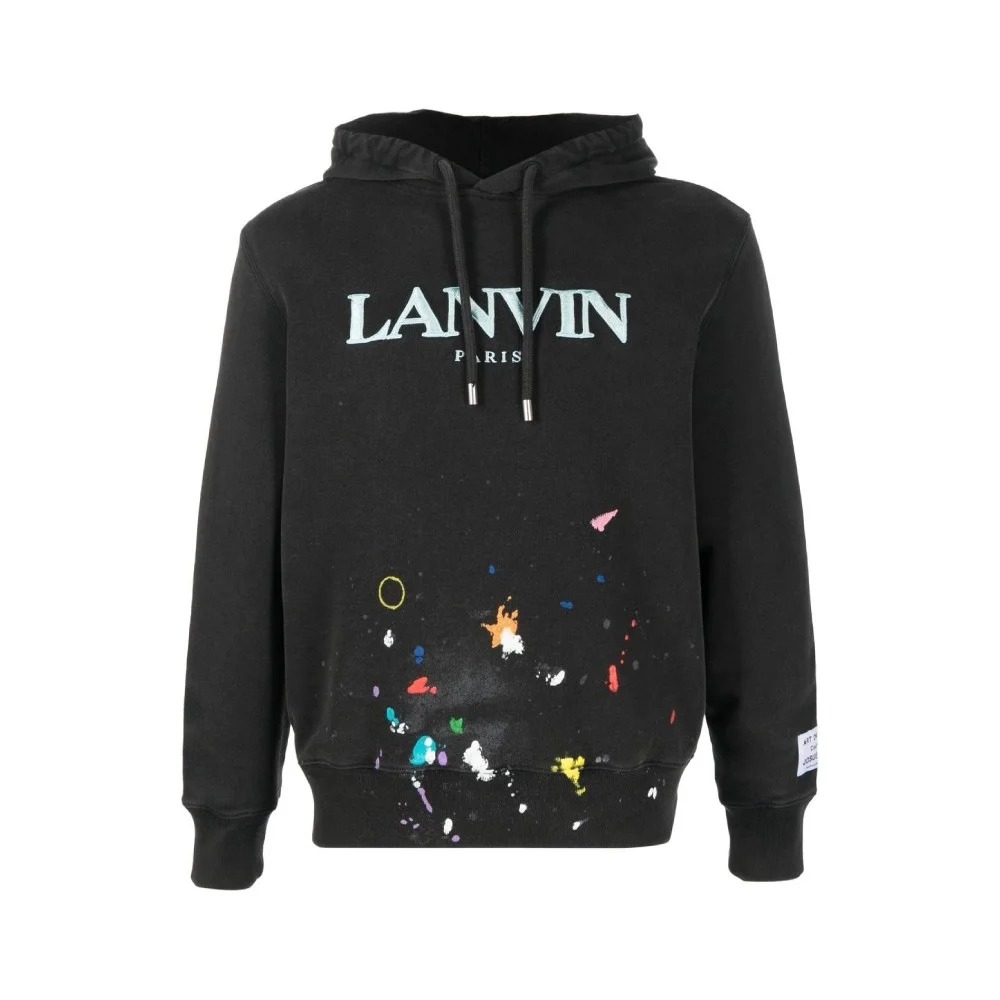Lanvin, one of the oldest and most respected French fashion houses, has long been synonymous with elegance, refinement, and innovation. Yet in the shifting landscape of modern fashion, where perfection once defined luxury, Lanvin has embraced imperfection as a central theme. Rather than viewing flaws as weaknesses, Lanvin reimagines them as acts of symbolic resistance against the rigid ideals of the industry. Through asymmetry, raw textures, and unfinished details, the brand presents imperfection not as a lapse but as a deliberate design philosophy that challenges conventional notions of beauty.
A Legacy of Innovation and Rebellion
Lanvin’s history is deeply rooted in innovation, from Jeanne Lanvin’s original couture techniques to the brand’s later ventures into ready-to-wear and accessories. This legacy provides the foundation for its embrace of imperfection. By weaving resistance into its aesthetic, Lanvin simultaneously honors its heritage and reinvents itself for the contemporary era. The brand’s willingness to experiment with flaws, distortions, and irregularities allows it to stand apart from the uniform perfection that dominates luxury fashion. This defiance preserves Lanvin’s identity as a house that resists complacency, always pushing the boundaries of design.
Imperfection as a Mirror of Humanity
In Lanvin’s modern collections, imperfection operates as a mirror of human vulnerability and individuality. Unfinished seams, raw cuts, and irregular drapery reflect the reality that beauty often lies in incompleteness. By integrating such details into high fashion, Lanvin resists the sanitized image of luxury as something sterile and unattainable. Instead, imperfection humanizes garments, infusing them with character and relatability. This approach positions Lanvin at the forefront of a cultural shift, where consumers value authenticity and emotional resonance over flawless surfaces.
Symbolic Resistance Against Mass Production
Lanvin’s embrace of imperfection also functions as resistance to the logic of mass production. The global fashion system often prizes efficiency, uniformity, and rapid replication, which strip garments of individuality. Lanvin disrupts this model by emphasizing design details that cannot be replicated perfectly at scale. A garment that appears uneven or unfinished resists being flattened into sameness, ensuring that each piece feels distinctive. This rejection of uniform perfection aligns Lanvin with the values of slow fashion and artisanal craftsmanship, where imperfection signals uniqueness rather than error.
The Political Undertones of Flawed Luxury
Beyond aesthetics, Lanvin’s philosophy of imperfection carries political undertones. In a world where polished appearances are often equated with power, choosing imperfection becomes an act of defiance. A raw hem or asymmetric silhouette disrupts expectations, drawing attention to the ways fashion both mirrors and resists societal norms. By rejecting perfection, Lanvin symbolically resists the pressure to conform, positioning itself as a brand that values creativity and individuality over rigid standards. Imperfection thus becomes a subtle yet powerful critique of the systems that equate flawlessness with superiority.
Craftsmanship and the Intentional Flaw
Lanvin’s imperfections are not careless accidents but carefully considered design choices. A skewed button placement, deliberately frayed edge, or uneven draping requires as much skill—if not more—than conventional perfection. These intentional flaws demonstrate mastery of craft, where designers intentionally manipulate tradition to create new meanings. In this way, Lanvin turns imperfection into proof of artistic control, resisting the assumption that luxury must always mean flawless execution. Instead, imperfection becomes a sophisticated expression of technical skill and conceptual depth.
Cultural Symbolism of Resistance
The cultural symbolism of imperfection at Lanvin resonates strongly with contemporary audiences. In an era of digital filters and manufactured images, imperfection stands for truth, vulnerability, and individuality. Wearing Lanvin’s imperfectly designed garments becomes an act of symbolic resistance, aligning the wearer with values of authenticity and creativity. Imperfection signals a rejection of mass culture’s obsession with polish, instead embracing the richness of the real. For many consumers, this symbolism enhances the emotional power of Lanvin’s designs, transforming garments into cultural statements as well as fashion items.
Imperfection as Storytelling
Every imperfection in Lanvin’s work tells a story. A jagged seam might recall the raw energy of youth culture, while distressed textures evoke histories of use and memory. These flaws function as narrative devices, embedding meaning within the design itself. This approach connects Lanvin’s fashion to broader cultural dialogues about fragility, endurance, and transformation. Imperfection ensures that each garment is not just an object of luxury but a story in itself—one that resists the silence of flawless perfection by inviting interpretation and dialogue.
Challenges of Embracing Imperfection
Although Lanvin’s use of imperfection resonates with cultural shifts, it also presents challenges. Some traditional luxury consumers, accustomed to perfection as the pinnacle of value, may misinterpret flaws as indicators of poor quality. Maintaining balance between deliberate imperfection and refined craftsmanship is critical to preserving credibility. Additionally, scaling imperfection while maintaining authenticity poses difficulties. If flaws are mass-produced too predictably, they risk losing symbolic meaning, becoming gallery dept hoodie mere trends rather than acts of resistance. Lanvin must navigate these tensions to preserve the integrity of its philosophy.
Imperfection and Sustainability
Lanvin’s imperfect luxury also aligns with sustainability. Garments designed with irregularities and distressed finishes often age gracefully, encouraging long-term use rather than disposability. Imperfection shifts the narrative from flawless newness to enduring beauty, even as garments evolve with time and wear. This approach supports sustainable practices by reducing waste and reinforcing emotional connections between consumers and their clothing. Imperfection thus becomes both an aesthetic philosophy and a practical strategy for addressing fashion’s ecological challenges.
Conclusion: Imperfection as Defiance and Meaning
Lanvin’s embrace of imperfection represents more than a stylistic choice—it is an act of symbolic resistance against the rigid ideals of luxury and the efficiency-driven logic of mass production. By celebrating flaws, the brand creates garments that humanize fashion, embed cultural meaning, and critique societal pressures for perfection. Imperfection at Lanvin is not a lack of refinement but a deliberate defiance, rooted in craftsmanship and storytelling. In a world increasingly dominated by polished appearances, Lanvin’s philosophy reminds us that beauty, truth, and authenticity are often found in the imperfect. Through imperfection, Lanvin redefines luxury as not the pursuit of flawlessness, but the courage to resist, to tell stories, and to embrace the real.



